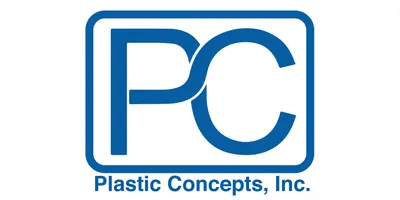How It Works

In an age of ever-increasing consumer requirements and the enforcement of strict regulations such as the Food Law and Foodstuffs and Commodities Act (US Food and Drug Administration, §64 LFBG), it is vital that beverage manufacturers demonstrate the quality and safety of their final product.

Laboratories everywhere rely on water purification systems to produce the pure water they need for their daily procedures and experiments. Such systems, including those from EMD Millipore, use a combination of several purification technologies in order to remove contaminants present in tap water.

Highly concentrated nucleic acid and protein samples must be diluted before they can be read on most absorbance-based spectrophotometers, and conversely, diluted samples must be concentrated to within the spectrophotometer’s dynamic range before reading.

With the rapid pace and high demands of research that dominate today’s research laboratories, scientists require faster, more dependable, and safer means of accomplishing detail-oriented and potentially tedious liquid handling tasks, while producing reliable results that do not waste expensive reagents.

The atomic layer deposition (ALD) process deposits thin films of precursor materials onto substrates one atomic layer at a time to impart such properties as conductivity, chemical resistance, and strength. Research and development operations utilize ALD systems to investigate new applications for producing advanced technologies such as semiconductor wafers, nanoelectronics, and optics.










